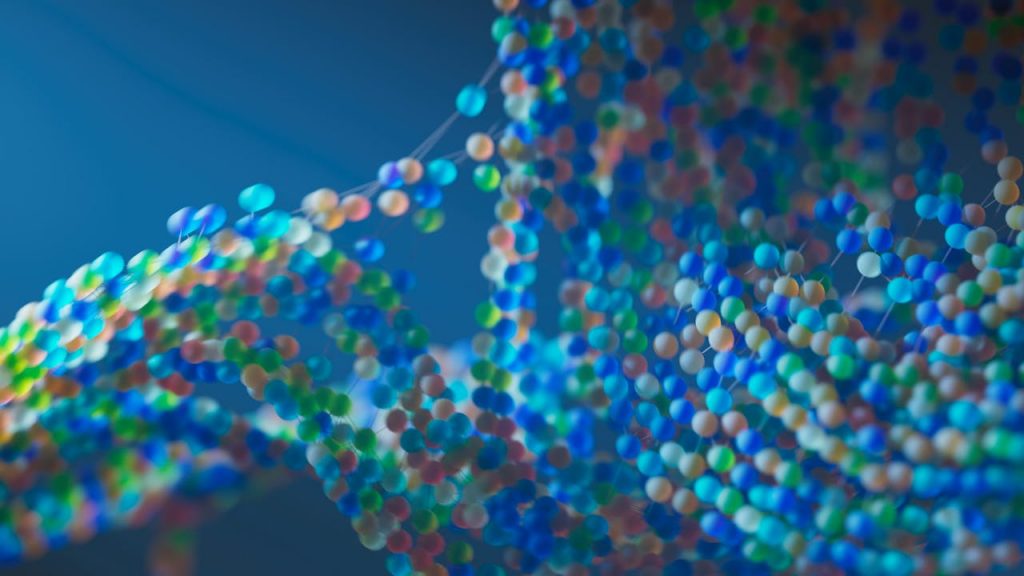Revolutionizing (CO₂) Reduction: A Green Breakthrough in Industrial Chemistry
What if the greenhouse gas driving global warming could be transformed into something useful? Enter the electrochemical reduction of carbon dioxide (CO₂), a cutting-edge solution that tackles two pressing environmental challenges: reducing CO₂ emissions and creating valuable chemicals.
A Game-Changing Catalyst for Precision and Efficiency
For years, copper-based catalysts have shown promise in this field but faced a major roadblock: low selectivity, resulting in a mix of products instead of the desired acetaldehyde. Now, a breakthrough from an international team of scientists has rewritten the rules.
Led by Cedric David Koolen (EPFL), Jack K. Pedersen (University of Copenhagen), and Wen Luo (Shanghai University), the team developed an innovative copper-based catalyst that selectively converts CO₂ into acetaldehyde with an astonishing 92% efficiency. Published in Nature Synthesis, this discovery paves the way for a greener, more sustainable alternative to the decades-old Wacker process. Even better, the new catalyst is scalable and cost-effective, making it ready for industrial adoption.

Tiny Particles, Big Impact
The secret? Copper clusters just 1.6 nanometers in size, created using a cutting-edge technique called spark ablation. This method involves vaporizing copper electrodes in an inert gas, allowing precise control over particle size. The clusters were then stabilized on carbon supports to form a durable, reusable catalyst.
In a series of lab tests, the catalyst delivered extraordinary results. Using X-ray absorption spectroscopy at a synchrotron facility, the team confirmed the copper clusters’ active role in converting CO₂ to acetaldehyde. The catalyst not only achieved 92% selectivity at low voltage but also demonstrated exceptional stability over a 30-hour stress test. Remarkably, the copper particles retained their metallic nature throughout the reaction, thanks to a protective oxide shell.
Unlocking the Secrets of Success
What makes this catalyst so effective? Computational simulations revealed a unique arrangement of copper atoms that encourages CO₂ molecules to bond and transform into acetaldehyde, rather than competing products like ethanol or methane.

A Greener Future, One Molecule at a Time
This copper catalyst represents a giant leap toward greener industrial practices. If scaled up, it could replace the petrochemical-heavy Wacker process, cutting CO₂ emissions and reducing reliance on fossil fuels. Acetaldehyde, a key ingredient in industries ranging from pharmaceuticals to agriculture, could soon be produced sustainably, reshaping supply chains worldwide.
The team’s work not only addresses urgent environmental issues but also lays the groundwork for a more sustainable future in chemistry—proof that small particles can lead to monumental change.
Conclusion
This research on CO₂ reduction isn’t just a milestone in chemistry; it’s a beacon of hope for sustainable industry and environmental conservation. For Indian teachers and lecturers, it serves as a powerful example to inspire students to see science as a tool for positive change. In classrooms across India, this story can ignite discussions about green chemistry, innovation, and the role of scientists in shaping a better future. Let’s embrace this breakthrough as a reminder of what’s possible when science meets purpose.
By,
Nitin S Kumar,
B.Tech (Chemical Engineering),
MIT-Manipal.
NEST PUBLICATION(R.)
Karnataka’s Best Publication for NEET and KCET Study Materials.

